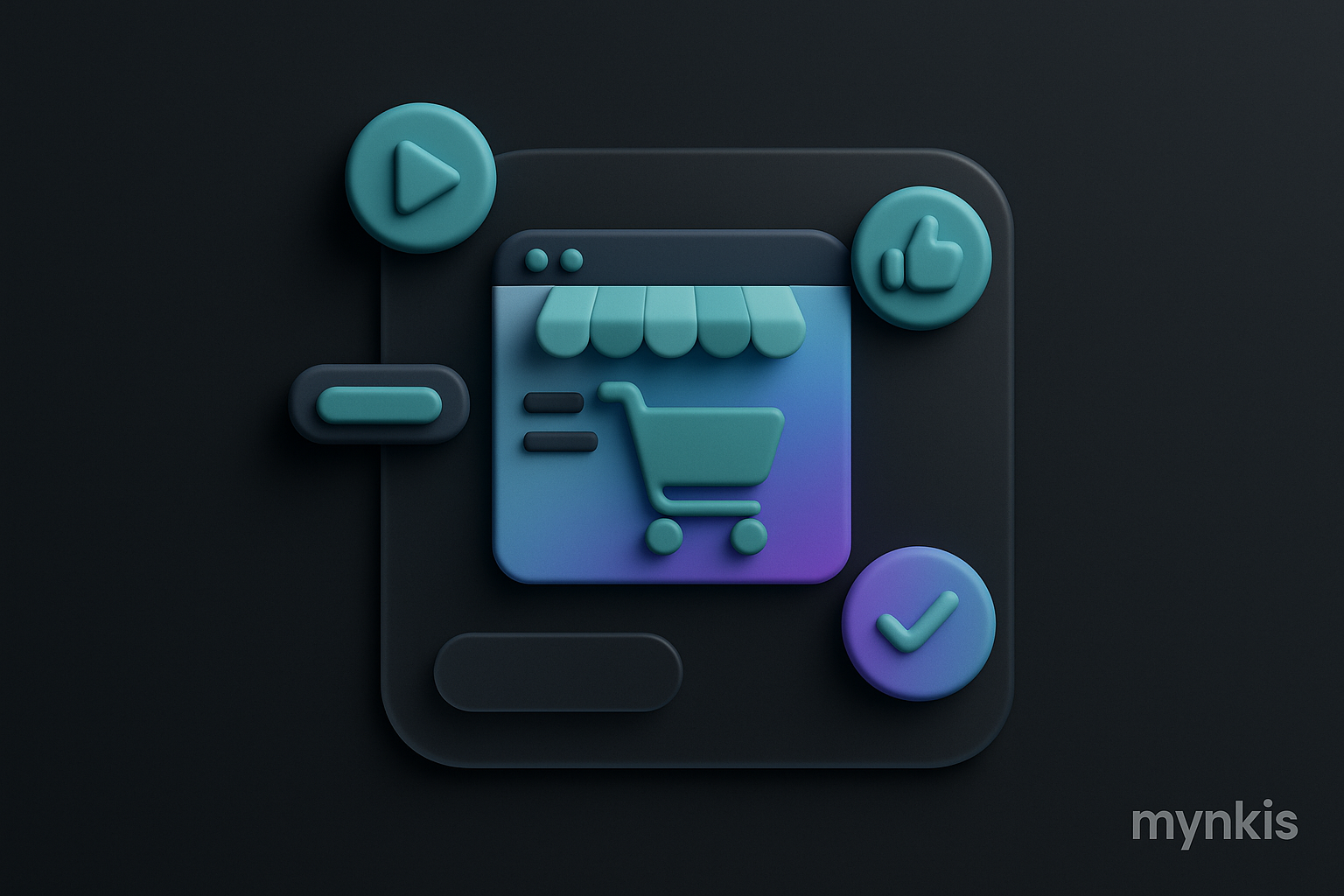Schedule a Demo
In the realm of e-commerce, the visual appeal of a website does more than just attract; it converts. Integrating gradients and micro-interactions into the design can elevate an online retail experience, offering both functional and aesthetic enhancements. Gradients can give depth and character to a site's interface, transforming mundane backgrounds into engaging canvases that reflect brand identity.
Gradients are making a comeback, not just as a design trend but as a key component in crafting user-friendly experiences. They're not only visually striking; gradients can guide users through different sections of a retail website, subtly transitioning them from one shopping category to the next without harsh visual breaks. I've worked with retailers who've seen an increase in user engagement by leveraging gradients creatively, signaling luxury, or aligning the user's mood with seasonal changes.
Micro-interactions are subtle, yet powerful. These small, often overlooked details like button animations, hover effects, or a gentle loading spinner can significantly affect the shopping experience. They provide instant feedback, which is crucial in online retail where customers crave a sense of control and immediate responsiveness.
Gradients do more than beautify; they have a psychological effect on how customers perceive and interact with an online store. Utilizing color psychology in gradients can evoke emotions that enhance the retail journey, making customers feel comforted and intrigued. For instance, using cool to warm gradient transitions can mimic natural environments, subconsciously calming a shopper's nerves.
Navigation is the backbone of user experience on retail websites. I once consulted for an S&P 500 retailer aiming to increase their SEO ranking and user retention. By incorporating micro-interactions such as progress indicators and animated menus, we watched their bounce rate decrease, owing to a seamless and engaging navigation system.
While gradients and micro-interactions enhance the user interface, they also align with SEO strategies. Fast-loading animations and smooth transitions can contribute to better performance metrics, indirectly boosting your search engine rankings. High-quality, strategic website design improves SEO by keeping users on the site longer.
Each customer's journey through an online store is unique. Gradients play a part in customizing this journey. From setting the right ambiance on product pages to steering shopping behavior, they've turned utilitarian e-commerce pages into storytelling platforms. It's a bit like painting with colors that move you through the narrative of a brand.
In one example from my experience with an online clothing retailer, micro-interactions such as animated heart icons for the wishlist dramatically increased the wish-to-buy conversion. These minor actions instilled delight and immediacy into the shopping process, effectively guiding customers from browsing to purchasing.
Your brand is not just what you sell but how you present it. Gradients contribute to a consistent visual identity across the site, whereas micro-interactions reinforce your brand's responsiveness. In several cases, I've seen how strategic design moves can elevate a brand from just another retailer to a distinctive shopping destination.
Gradients can also play into your SEO strategy. A well-designed website employing gradients encourages longer site visits, which search engines love. By improving aesthetic quality and engagement, retailers can signal to search algorithms that their content is high-value and worthy of a better ranking.
Balancing beautiful design with tech performance is key. According to an article by Google on web performance, even small delays in site responsiveness can lead to lost sales. Micro-interactions should be implemented with care so they do not compromise the site's load time or hinder custom software development efforts aimed at enhancing user experience.
The proof is in the testing. Conducting user tests on designs with gradients and micro-interactions will show if they improve the shopping experience or not. Retailers have to strike a balance where aesthetics enhance functionality without going overboard, based on available research individual results may vary.
Looking forward, enterprise web solutions for e-commerce will likely incorporate even more sophisticated uses of gradients and micro-interactions, not just as design elements but as tools for personalized shopping experiences. Technology leaders like Adobe have already started to highlight the importance of such design choices in future UX strategies.
Gradients and micro-interactions are not just about keeping up with design trends; they're about creating experiences that tell a story and make users feel at home. For online retailers aiming to stand out, leveraging these design elements is key to both improving user experience and boosting SEO rankings without relying on ads. These tools give voice to a brand's commitment to an engaging and seamless journey from product discovery to purchase.
